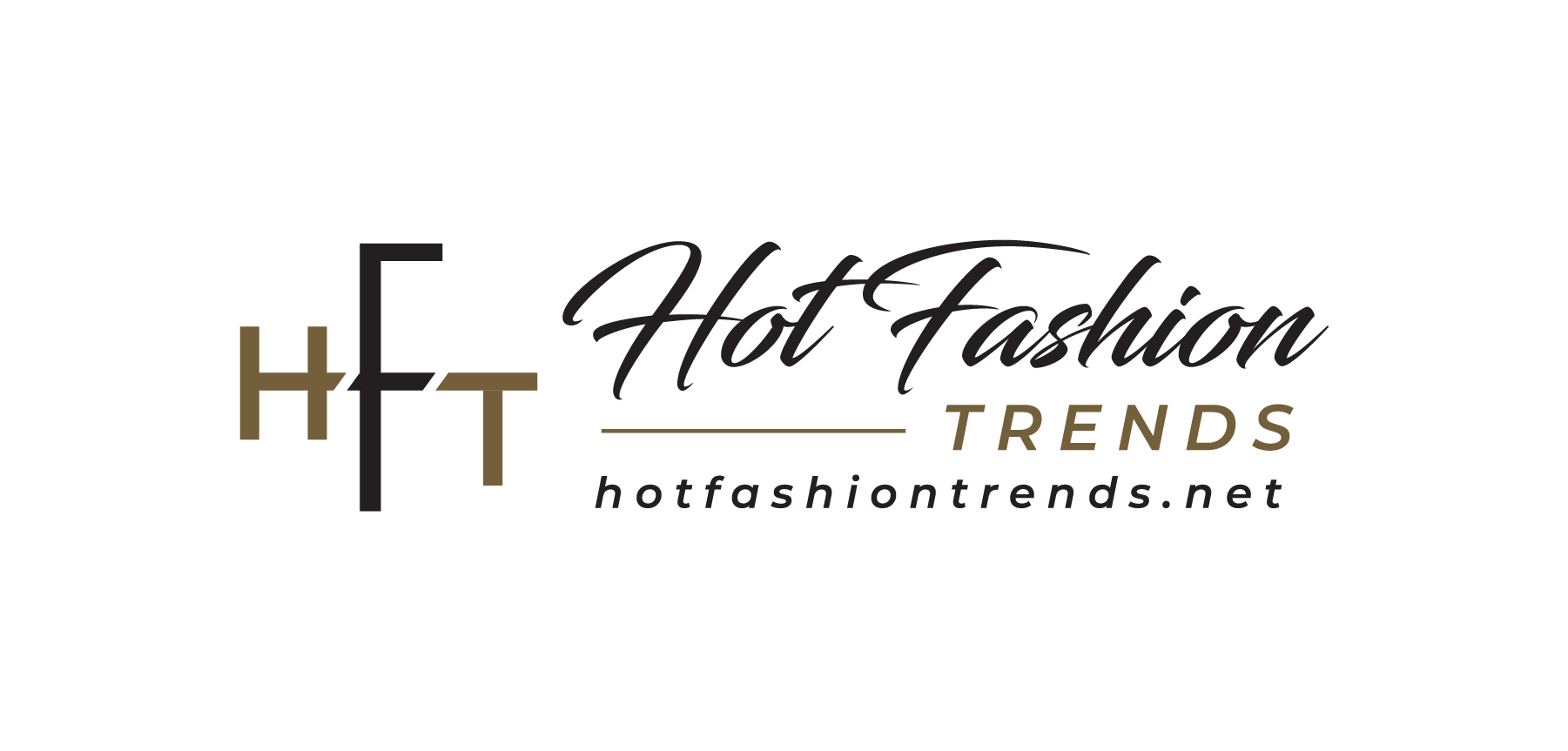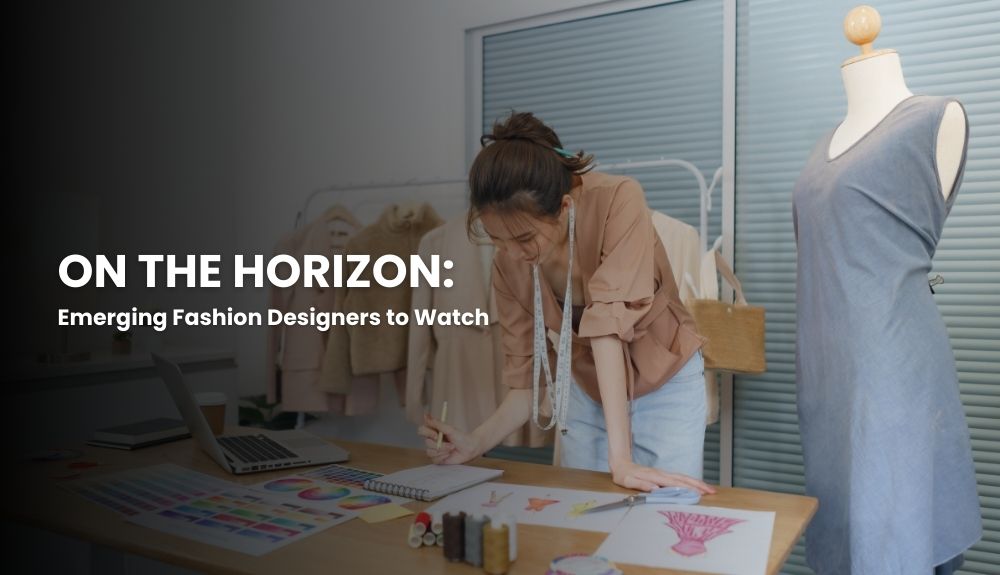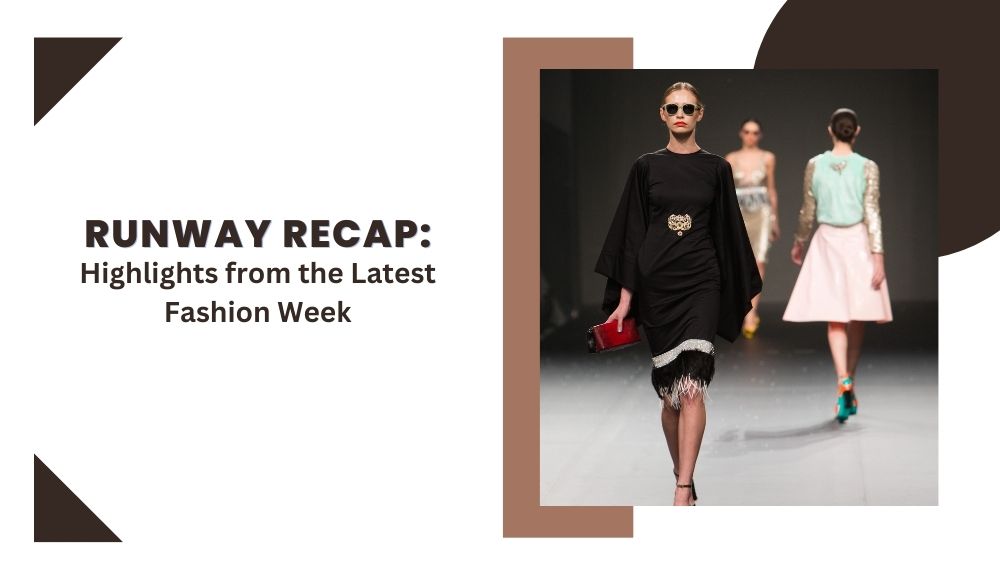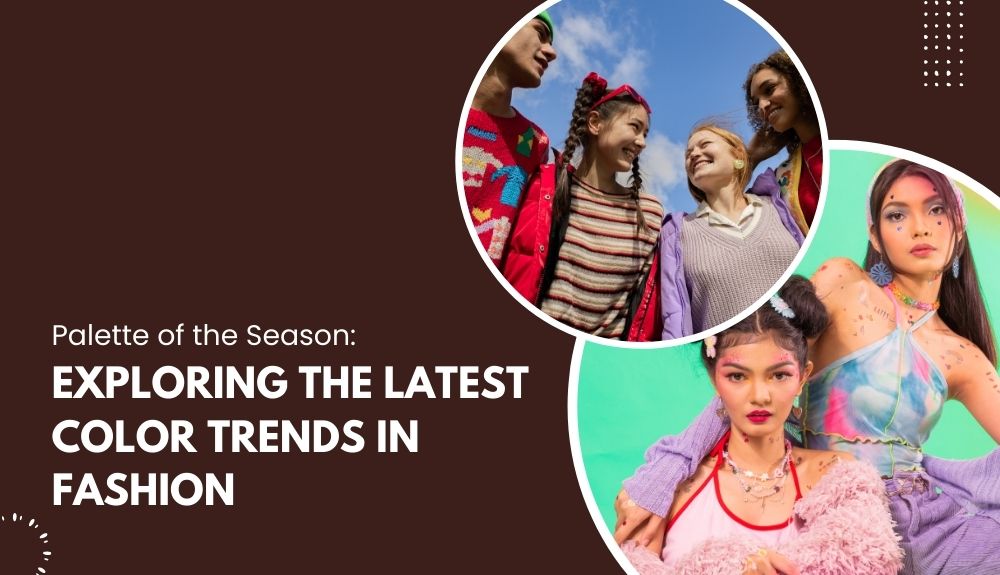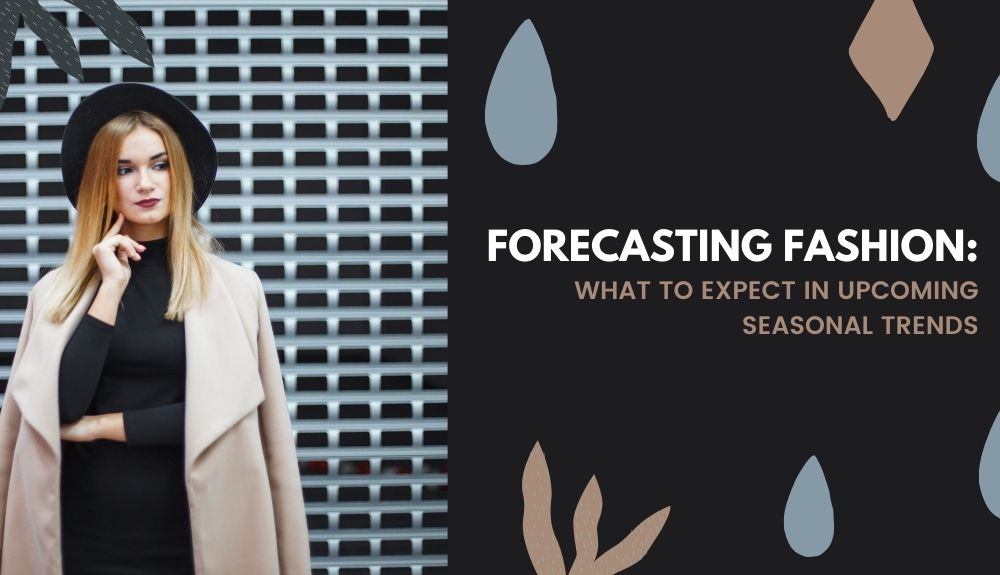Inside the Fashion Industry: Key Players, Trends, and Insights
Are you curious to know what goes on behind the scenes of the fashion industry? How do trends emerge, key players influence the market, and what insights can we gain from this ever-evolving landscape? Join us on a journey “Inside the Fashion Industry,” where we’ll delve into the dynamic world of fashion, exploring the latest trends, key players, and industry insights.
The fashion industry is a complex web of creativity, innovation, and consumer demand. From the global apparel market to the impact of social media on consumer behavior, there are countless factors that shape this vibrant industry. In this comprehensive guide, we’ll explore the supply chain, the rise of online shopping, the role of artificial intelligence, and the influence of sustainability-focused initiatives.
Whether you’re a fashion enthusiast, a small textile business owner, or simply interested in the inner workings of this trillion-dollar industry, this blog will provide valuable insights into the key players, latest trends, and future projections for the fashion industry. Stay ahead of the curve and gain a deeper understanding of the fashion world with “Inside the Fashion Industry.”
Introduction to the Fashion Industry
The fashion industry is a vibrant and dynamic sector that encompasses a wide range of activities, including design, production, marketing, and distribution of clothing, accessories, and beauty products. With its ever-changing trends and constant innovation, the fashion industry holds immense significance in our lives.
At its core, the fashion industry reflects our culture, identity, and individuality. It serves as a form of self-expression and allows people to showcase their personal style and preferences. Moreover, the fashion industry is a major driver of economic growth, contributing significantly to employment and revenue generation worldwide.
Key players in the fashion industry include renowned fashion brands, retail giants, and emerging startups. These industry leaders shape the direction and trends by setting the tone for fashion choices, which influences consumers’ purchasing decisions. Their commitment to creativity, innovation, and quality makes the fashion industry a highly competitive and dynamic landscape.
The fashion industry is characterized by its ability to adapt to changing consumer preferences and evolving market trends. It is influenced by various factors, including technological advancements, shifts in consumer behavior, and sustainability initiatives. By staying at the forefront of these trends and understanding the dynamics of the industry, businesses can position themselves for success in this fast-paced and ever-evolving field.
In the following sections, we will delve deeper into the various aspects of the fashion industry, including trends, key players, dynamics, and the future outlook. Join us on this fascinating journey as we explore the world of fashion and gain valuable insights into this exciting industry.
Definition and Size of the Apparel Market
The apparel market refers to the industry involved in the production, distribution, and sale of clothing and related accessories. This includes everything from basic essentials to high-end fashion pieces. The apparel market is a significant component of the global fashion industry, catering to a wide range of customer preferences and needs.
In terms of size, the global apparel market has experienced steady growth over the years. According to recent reports, the market was valued at approximately $1.5 trillion in 2020, with expectations of further expansion in the coming years. Factors contributing to this growth include population growth, rising disposable incomes, and changing fashion trends.
The apparel market is influenced by various factors, including consumer preferences, cultural influences, and economic conditions. Additionally, technological advancements, such as online shopping platforms and 3D printing, have revolutionized the way clothing is produced and distributed.
As the demand for fashion continues to evolve, the apparel market plays a vital role in providing consumers with a wide array of choices and styles. This dynamic industry offers opportunities for both established fashion brands and emerging businesses to tap into the ever-changing needs of consumers across the globe.
Trends in the Fashion Industry
The fashion industry is known for its constant evolution and ever-changing trends. Staying up-to-date with the latest developments is crucial for fashion enthusiasts and industry professionals alike. In this section, we will explore the key trends that are currently shaping the fashion industry.
Advancements in Technology
Technology has revolutionized every aspect of our lives, and the fashion industry is no exception. From virtual reality (VR) fashion shows to 3D printing of clothing, innovative technologies are pushing the boundaries of creativity and transforming the way fashion is designed, produced, and consumed. Advances in artificial intelligence (AI) have also enabled fashion brands to better understand consumer preferences, personalized shopping experiences, and optimize inventory management.
Changing Consumer Behaviors
Consumer behaviors and preferences have undergone significant changes in recent years, greatly impacting the fashion industry. One notable shift is the growing demand for sustainable and ethical fashion. Consumers are increasingly conscious of the environmental and social impact of their purchasing decisions, leading to a rise in sustainable fashion brands and initiatives. Moreover, the rise of online shopping has transformed the retail landscape, with consumers seeking convenience, personalized experiences, and seamless integration between online and offline channels.
Sustainability Initiatives
Sustainability has become a key focus within the fashion industry. From reducing carbon emissions and minimizing waste to promoting fair labor practices, fashion brands are increasingly adopting sustainable practices throughout their supply chains. The rise of circular fashion, which emphasizes recycling, upcycling, and creating products with a longer lifespan, is gaining traction. Additionally, consumers are showing a growing preference for brands that prioritize ethical sourcing, transparency, and social responsibility.
Embracing Diversity and Inclusivity
In recent years, there has been a significant push for greater diversity and inclusivity within the fashion industry. Consumers are calling for more representation across body types, ethnicities, and gender identities. Fashion brands are responding by featuring a more diverse range of models in their campaigns and expanding their product offerings to cater to a broader customer base. This shift towards inclusivity not only reflects a more inclusive society but also presents a significant business opportunity for brands that embrace diversity.
Conclusion
The fashion industry is a dynamic and ever-evolving landscape driven by trends and consumer preferences. Advancements in technology, changing consumer behaviors, sustainability initiatives, and the embrace of diversity and inclusivity are all shaping the future of fashion. Staying informed about these trends is essential for fashion professionals to stay ahead in the industry and create products and experiences that resonate with the evolving needs and preferences of consumers.
Key Players in the Fashion Industry

The fashion industry is a highly competitive landscape shaped by a diverse range of players, from established fashion brands and retail giants to innovative startups. These key players not only influence fashion trends but also drive the industry forward through their strategies for success. Let’s take a closer look at some of the major players in the fashion industry and what sets them apart.
Fashion Brands
Leading fashion brands play an integral role in shaping the fashion industry. Global powerhouses like Louis Vuitton, Gucci, and Chanel have established themselves as iconic symbols of luxury and style. These brands enjoy a loyal customer base and are known for their high-quality craftsmanship, exquisite designs, and aspirational brand image. Their influence extends beyond their products, as they set trends and define what is considered fashionable.
Retail Giants
Retail giants play a crucial role in bringing fashion to the masses. Companies like Zara, H&M, and Uniqlo have revolutionized the retail industry with their fast-fashion business models. They offer affordable, on-trend clothing that caters to a wide range of consumers. These companies excel at understanding consumer demands and quickly adapting their production and supply chains to deliver fashion-forward products at affordable prices.
Emerging Startups
The fashion industry is also witnessing the rise of innovative startups that are disrupting traditional models. Companies like Rent the Runway, Everlane, and Glossier have gained popularity by offering unique experiences and catering to the evolving preferences of consumers. These startups leverage technology, sustainability practices, and direct-to-consumer approaches to differentiate themselves and create a niche in the market.
Influencer Brands
In recent years, social media influencers have emerged as key players in the fashion industry. Influencers with large followings on platforms like Instagram and YouTube have successfully launched their own fashion brands. These brands resonate with their loyal audiences and benefit from the personal connection established through influencer marketing. The influence of these brands reaches far beyond traditional marketing channels, as they tap into the power of social media and engage directly with their followers.
Strategies for Success
Each of these key players employs unique strategies to thrive in the fashion industry. Established fashion brands focus on maintaining their brand heritage while adapting to changing consumer preferences. Retail giants prioritize speed and efficiency in their supply chains to quickly deliver affordable and trendy fashion to consumers. Emerging startups leverage innovation and sustainability to capture niche markets. Influencer brands rely on their personal brand and strong relationships with followers to drive sales.
Overall, the fashion industry is driven by a dynamic ecosystem of key players, each contributing to the vibrancy and evolution of the industry. By understanding the strategies and influence of these players, we gain insights into the ever-changing fashion landscape.
Dynamics of the Fashion Industry
The fashion industry is a complex and ever-evolving landscape, influenced by a range of dynamics that shape its operations and growth. From supply chain complexities to production costs and government regulations, these factors have a significant impact on the industry as a whole.
Supply Chain Complexities
The fashion industry relies on a global supply chain that involves multiple stages of production, sourcing, and distribution. This complex network includes manufacturers, suppliers, and retailers, all working together to bring fashion products to the market. However, managing this supply chain can be challenging due to diverse geographical locations, transportation logistics, and varying production capacities. Fashion companies must navigate these complexities to ensure the efficient and timely delivery of their products.
Production Costs
Production costs play a crucial role in the fashion industry. Brands and manufacturers need to factor in expenses related to raw materials, labor, transportation, and overheads. Fluctuations in these costs can significantly impact profit margins and pricing strategies. Additionally, the rising demand for sustainable and ethical practices has led to the adoption of new production methods and materials, adding further complexity to managing costs while meeting consumer expectations.
Government Regulations
Government regulations and policies have a substantial influence on the fashion industry. Regulations range from labor standards and trade agreements to environmental regulations and intellectual property rights. Compliance with these regulations is essential for fashion companies to avoid legal issues and maintain social responsibility. However, the ever-changing nature of regulations, both domestically and internationally, poses a challenge for businesses operating in multiple regions.
Innovation and Technology Adoption
The fashion industry is no stranger to innovation and technological advancements. From digital design tools and 3D printing to advanced production techniques and supply chain management systems, technology plays a vital role in improving efficiency and driving innovation. Fashion brands that embrace and integrate new technologies into their operations can gain a competitive edge in this rapidly evolving industry.
Consumer Trends and Expectations
Understanding consumer behavior and trends is crucial for fashion businesses to stay relevant and meet customer expectations. Rapid advancements in social media and online platforms have transformed the way consumers interact with fashion brands and make purchasing decisions. Brands must leverage these trends to engage consumers, deliver personalized experiences, and stay ahead of their competitors.
In conclusion, the dynamics shaping the fashion industry are multi-faceted. Supply chain complexities, production costs, government regulations, innovation and technology adoption, and evolving consumer trends all impact the industry’s growth and operations. Fashion businesses must navigate these dynamics strategically to thrive in this competitive and ever-changing industry landscape.
Impact of Social Media and Consumer Behavior
With the rise of social media platforms, consumer behavior in the fashion industry has undergone a significant transformation. Social media has become a powerful tool for shaping trends, influencing purchasing decisions, and providing a platform for brands to connect with their target audience. In this section, we will explore the role of social media in shaping consumer behavior and its impact on fashion trends and marketing strategies.
Power of Social Media Influencers
Social media influencers, such as bloggers, vloggers, and Instagram stars, have emerged as key players in the fashion industry. Their ability to reach a large and engaged audience has made them powerful trendsetters. By sharing their personal style and showcasing brands, influencers can greatly influence consumer preferences and purchasing decisions. Consumers look to these influencers for fashion inspiration and value their opinions when making fashion-related choices.
Instant Access to Fashion Trends
Social media platforms provide consumers with instant access to the latest fashion trends. With just a few clicks, users can discover new styles, collections, and fashion inspirations. Hashtags and dedicated fashion accounts make it easier for users to explore specific trends or find fashion inspiration tailored to their preferences. As a result, consumers are more informed and have a broader range of fashion choices at their fingertips.
Interactive Shopping Experience
Social media platforms now offer shopping features that allow users to make purchases directly within the app. This has revolutionized the way consumers shop for fashion. With just a few taps, users can explore products, read reviews, and make purchases without leaving their social media feed. The seamless integration of shopping and social media provides a convenient and interactive shopping experience for consumers.
Personalized Recommendations
Social media algorithms analyze user behavior and preferences to deliver personalized content and recommendations. This includes targeted ads and suggested products based on the user’s browsing history and engagement with fashion-related content. By providing personalized recommendations, social media platforms enhance the shopping experience and help consumers discover new brands and products that align with their style preferences.
Influencer-Brand Collaborations
Collaborations between fashion brands and social media influencers have become increasingly popular. These partnerships allow brands to leverage the influencer’s social media following and credibility to promote their products or collections. Influencers often showcase brand collaborations through sponsored posts, giveaways, and exclusive discount codes, creating a sense of exclusivity and driving consumer interest.
In conclusion, social media plays a vital role in shaping consumer behavior in the fashion industry. The influence of social media influencers, the instant access to fashion trends, the interactive shopping experience, personalized recommendations, and influencer-brand collaborations all contribute to the dynamic nature of consumer behavior in fashion. To succeed in this digital age, fashion brands must adapt their marketing strategies to leverage the power of social media and connect with their target audience effectively.
Opportunities in the Fashion Industry
The fashion industry is not only a glamorous world of trends and style but also a sector full of lucrative opportunities. In this section, we will explore the growth prospects and avenues for success within the fashion industry. From emerging markets to innovative technologies and sustainable practices, let’s delve into the various opportunities that await fashion entrepreneurs and enthusiasts.
Emerging Markets: Tapping into New Territory
As fashion continues to expand globally, emerging markets present exciting prospects for growth. Countries like China, India, and Brazil are witnessing a rise in disposable income and a growing middle class, leading to increased consumer spending on fashion. Brands that enter these markets early and adapt to local preferences have the potential to capture a substantial share of the market and establish themselves as key players.
Innovative Technologies: Fashion Meets Tech
The integration of technology in the fashion industry has opened up a realm of possibilities. From artificial intelligence-driven chatbots to virtual reality-powered shopping experiences, technology is reshaping how consumers interact with fashion. Fashion brands that embrace these innovations can enhance customer engagement, personalized shopping experiences, and optimize supply chain operations.
Sustainable Practices: Fashion with a Conscience
With increasing environmental awareness, sustainable practices have become a significant focus within the fashion industry. Consumers are demanding ethically produced and environmentally friendly fashion choices. Brands that adopt sustainable sourcing, utilize eco-friendly materials, and implement ethical labor practices can differentiate themselves in the market and cater to the growing demand for conscious consumerism.
Collaborations and Partnerships: Leveraging Strengths
Within the fashion industry, collaborations and partnerships offer unique opportunities for growth. By joining forces with complementary brands, fashion businesses can tap into new markets, expand their reach, and leverage expertise from different domains. Collaborations can result in innovative product offerings, increased brand visibility, and access to a diverse customer base.
Conclusion
The fashion industry is teeming with opportunities for those willing to embrace the dynamic landscape. Emerging markets, innovative technologies, sustainable practices, and collaborative efforts are key areas where fashion entrepreneurs can thrive. By capitalizing on these opportunities, industry players can stay ahead of the curve, drive growth, and shape the future of fashion.
The Future of the Fashion Industry
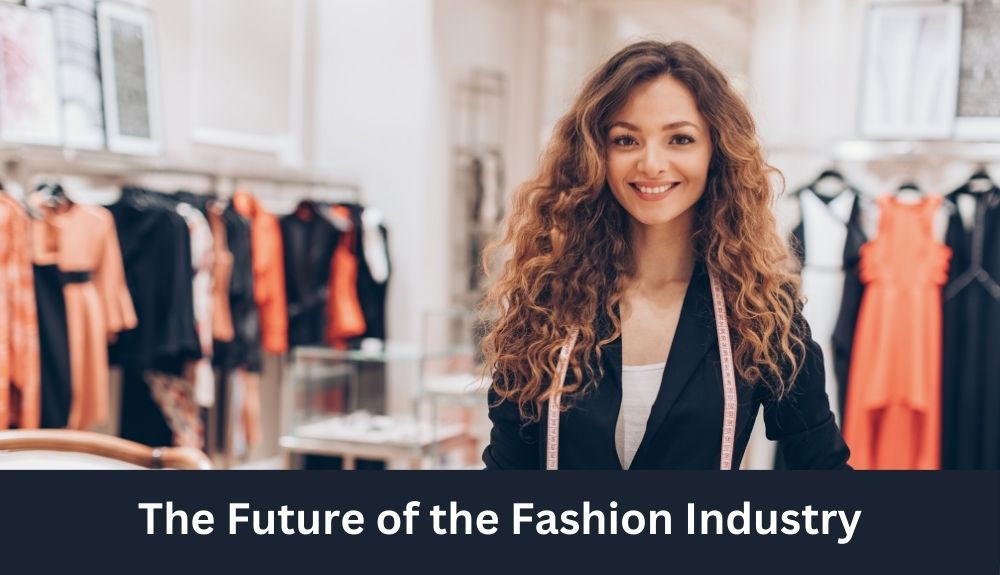
The fashion industry, known for its ever-changing nature, is on the cusp of significant disruptions and innovations that will shape its future. As the industry adapts to the post-pandemic world, it faces both challenges and opportunities. Here, we explore the potential trends and advancements that will drive the fashion industry forward.
The Impact of the COVID-19 Pandemic
The COVID-19 pandemic has had a profound impact on the fashion industry. Store closures, supply chain disruptions, and changing consumer behaviors have forced businesses to rethink their strategies. However, the industry has shown resilience and adaptability, with brands pivoting to digital platforms, emphasizing e-commerce, and embracing virtual experiences. The pandemic has accelerated the adoption of technologies like augmented reality (AR) and virtual reality (VR) for virtual fashion shows and immersive shopping experiences.
Sustainability and Ethical Practices
The fashion industry is increasingly recognizing the need for sustainability and ethical practices. Consumers are demanding transparency and ethical sourcing, pushing brands to adopt environmentally-friendly and socially responsible initiatives. Innovations in materials, such as sustainable fabrics made from recycled materials and the development of circular economies, are gaining traction. The focus on sustainable practices will continue to shape the future of fashion, as consumers become more conscious of the environmental impact of their choices.
Technology and Innovation
Technological advancements are transforming the fashion industry. Artificial intelligence (AI) and machine learning are revolutionizing product development and supply chain management. From automated design processes and personalized shopping experiences to the use of virtual fitting rooms and 3D printing for customizable garments, technology is enabling customization, efficiency, and creativity in the fashion industry. Moreover, advancements in smart textiles, with integrated sensors and wearable technology, offer new possibilities for interactive and functional clothing.
Changing Consumer Behaviors
Consumer behaviors continue to evolve, driven by changing demographics, digitalization, and globalization. The rise of social media and influencer culture has given consumers a voice and has reshaped the way they discover and engage with fashion brands. The demand for inclusivity and diversity is influencing brand strategies and marketing campaigns. Additionally, the increasing importance of sustainability and ethical practices is driving consumers to seek out brands that align with their values.
Conclusion
In conclusion, the fashion industry is a dynamic and ever-evolving landscape that encompasses various trends, key players, and factors that shape its trajectory. Throughout this article, we have explored the significance and scope of the fashion industry, delving into the latest trends, key players, and dynamics that drive its growth.
The fashion industry is not just about clothing; it is a complex ecosystem that encompasses design, manufacturing, marketing, and consumer behavior. Advancements in technology have played a significant role in shaping the industry, with innovations such as 3D printing, virtual reality, and artificial intelligence revolutionizing the way fashion is produced and consumed.
Social media has also emerged as a powerful influencer in the fashion world, shaping consumer behavior and driving trends. Fashion brands and retailers are increasingly leveraging social media platforms to engage with their target audience and create personalized shopping experiences.
Additionally, sustainability has become a key focus in the fashion industry, with more brands adopting eco-friendly and ethical practices to reduce their environmental impact. Consumers are now demanding transparency and responsible production methods, driving the rise of sustainable and ethical fashion.
Looking ahead, the future of the fashion industry holds both challenges and opportunities. The COVID-19 pandemic has disrupted the global fashion market, leading to a shift towards online shopping and digital experiences. However, it has also accelerated innovation and the adoption of new technologies.
In conclusion, the fashion industry will continue to evolve, driven by changing consumer preferences, technological advancements, and sustainability initiatives. It is a dynamic market that requires adaptability and innovation for success. As we move forward, staying ahead of the curve and embracing these changes will be crucial for businesses and individuals within the fashion industry.
Remember, fashion is ever-changing, and success lies in understanding and navigating the dynamics of this vibrant industry.
